The Rose Theatre’s well-received adaptation of Elena Ferrante’s Neapolitan series is transferred to the heights of the National Theatre, only to fall flat. My Brilliant Friend takes its name from the first novel of the series, but the adaptation spans all four books for a running time of almost 6 hours, split into two halves and four sections. I haven’t read Elena Ferrante’s saga, which charts a complicated relationship between two childhood friends spanning a half-century, but as one of the decade’s genuine literary sensations and I was excited for a theatrical introduction to the text.
The ambition of April De Angelis’ adaptation is admirable but truncating the novels in this manner gives way to multiple structural weaknesses. The first half is essentially a character study of lead characters Lila and Lenù, detailing how the shaky foundations of their friendship are laid down. It does well to establish patriarchy and poverty as the factors that will influence the decisions and behaviours of the protagonists, circuitously drawing them together and driving them apart as they navigate these twin evils.
Creative oddities pepper the production throughout.
Occasionally, scenes designed to make a single point or illustrate a character trait are needlessly drawn out or repeated in a slightly different telling – a curious, creative choice when one is presumably conscious of the long-running time. Still, the first half grounds its character work with the backdrop of a colourful community setting where the powerful social norms and expectations are made clear. In doing so, the audience cautiously roots for the girls to scale the heights of their ambition, but conscious of their limited agency, establishing the necessary dramatic tension.
The first section of the second half then unravels this character work quickly, focussing almost exclusively on the political turmoil of Naples in the 1970s. As interesting as some of it is, these political machinations had the barest of references in the first half. Shifting focus to it entirely reduces the characters to empty plot devices in a completely new play. The pace also picks up to double speed. There is a frenetic energy to the proceedings, which is perhaps needed as you enter the fourth hour of the play. Still, these clearly important events are given inadequate time to resonate with the audience and make such poor use of Lila and Lenù, piling miseries upon miseries upon their back, one is simply too fatigued to care.
If secondary characters were better established, they might have carried some of the weight of this material to better effect. Unfortunately, any character that is not Lenù or Lila is woefully underwritten and frankly dull. Nino and Pietro, the central love interests, are stereotypes so thinly drawn they meet every expectation on cue. Lila and Lenù’s mothers are textbook shrews bereft of any humanising traits or even the hint of having interior lives of their own. The gangsters purportedly terrorising Lila and Lenù’s town are ripped straight from a Godfather Part III spoof. Yes Part III.
The inconsistency is sadly not limited to the sectional shifts. Creative oddities pepper the production throughout. One barely sketched characterisation of the archetypal ‘trophy wife’ is the punchline of half a dozen fat jokes (she is no more than a size ten). They might be intended to highlight the misogyny of the time, but they are never presented in such a way as to challenge the sentiment behind them. Instead, they are played straight for cheap laughs in a play that otherwise screams its second-wave feminism from its cleverly designed (by Soutra Gilmour) rafters. Why? Characters of all ages are portrayed by adults throughout their lives, even as children. It jars at first, but eventually, it is effective.
In one scene, Nino’s middle-aged father gropes Lenù; I squirmed the entire time because I believed, totally, that she was fifteen. A testament to Niamh Cusack’s brilliant portrayal that develops her character from poverty-stricken childhood to middle class, middle age effortlessly. Why then the bizarre choice to have a grown man in a bad wig suddenly portray a baby girl? Why then have the next two children portrayed by silk-wrapped hand puppets with creepily bound faces? Lenù’s mother appears on stage momentarily for a gory gynaecological haemorrhage; again, I cannot tell you why. None of these oddities (most of which occur in the second half) enrich the experience, instead, they contribute to the increasingly banal spectacle into which the production ultimately descends.
The crammed-in plot and the ridiculous melodrama of the final act take away any opportunity for genuine emotional resonance. There are moments of discomfort. But given the layers of tragedy that unfurl on stage, it is telling that I did not feel a thing. The production is rescued only by Cusack and McCormack’s moving performances. Catherine McCormack stands out. She consistently makes compelling a character who is hard to love. In her hands, Lila’s half a dozen transformations from the overachieving student, to luxury shoe designer to sausage factory worker to unionist to computer programmer are seamless.
McCormack’s portrayal rises above the structural and creative limitations of the production to give her character an unswerving mix of rage and intellect that together ground her decisions and reactions in a real-world cynicism that propels much of the drama. Niamh Cusack is given the less showy role but her achievement is equally impressive. She is our reliable narrator, her writer-observer profession often standing in for the audience’s perspective. In this role, she is not at the mercy of events the way Lila is, instead her sympathetic but solid presence holds together events that overwhelm every other character, even the formidable Lila.
The production is rescued only by Cusack and McCormack’s moving performances.
The most affecting scenes make the best use of director Melly Still hyperreal aesthetic which lends itself aptly to the shifting margins of realities that both protagonists struggle through. Lila, whose scorching intellect resists domination, has to disassociate her mind from her body when the most heinous acts are visited upon it. Here amid physical struggles, with an ingenious sleight of hand De Angelis substitutes a stuffed dress, in place of Lila’s body. The dress dances about the stage, trying to escape, before being forced to submit to the violence. McCormack, still wearing an identical frock, looks on listlessly, conveying her slow resignation to the limitations of her physical form, and it is implied – its femaleness, while her face registers a furious resistance throughout the ordeal.
It is powerful stuff, and indicative of the creativity and lyricism the production seems to be striving for, but ultimately cannot sustain under the weight of four novels in one play. Unfortunately, this production actively put me off reading a single one of them, and I cannot recommend this, at almost 6 hours in length, to anyone else who has not. For existing fans of the series, there is enough here in the rare moments of profundity and the able realisation by McCormack and Cusack of characters whom you have already grown to love, to consider going.






















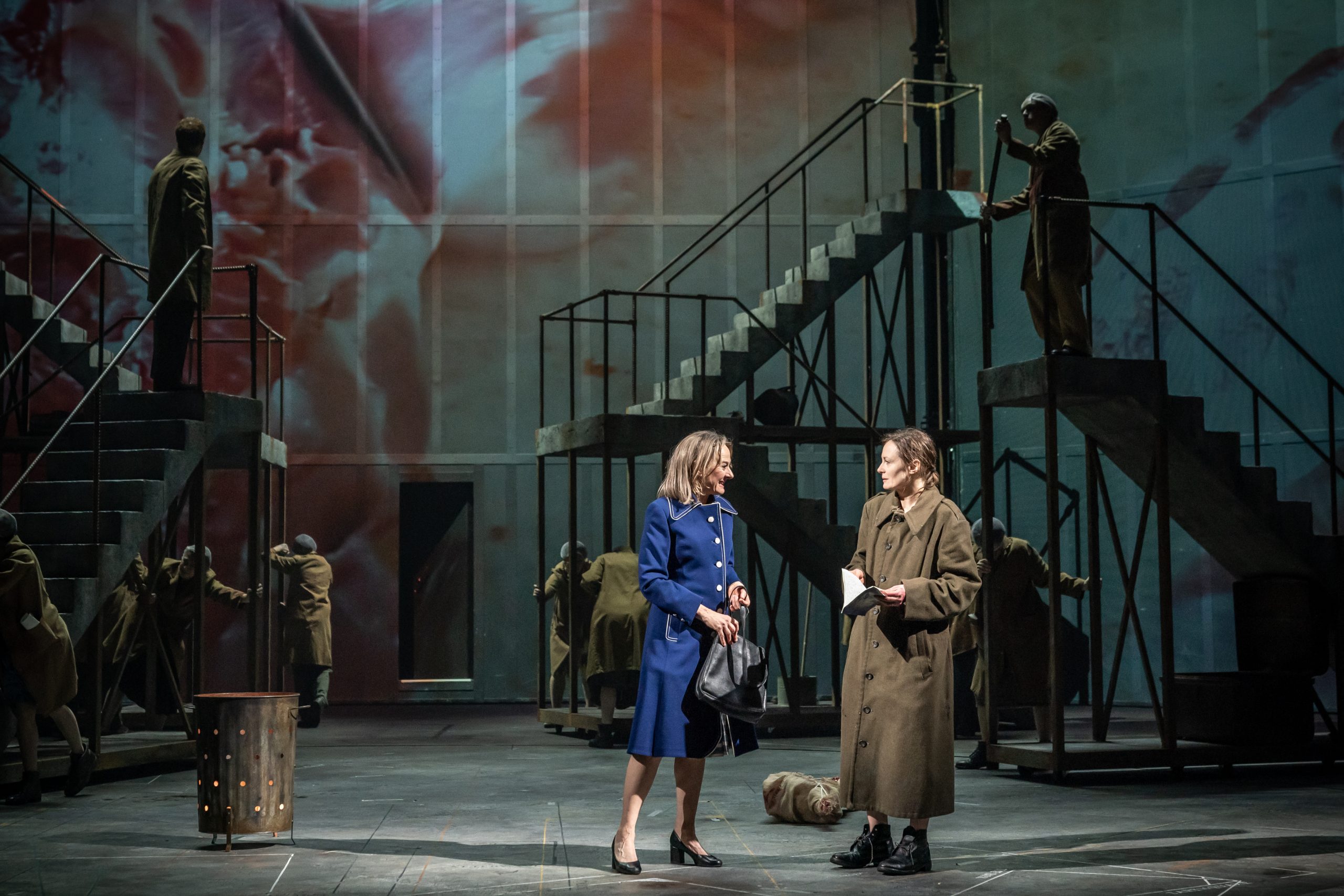
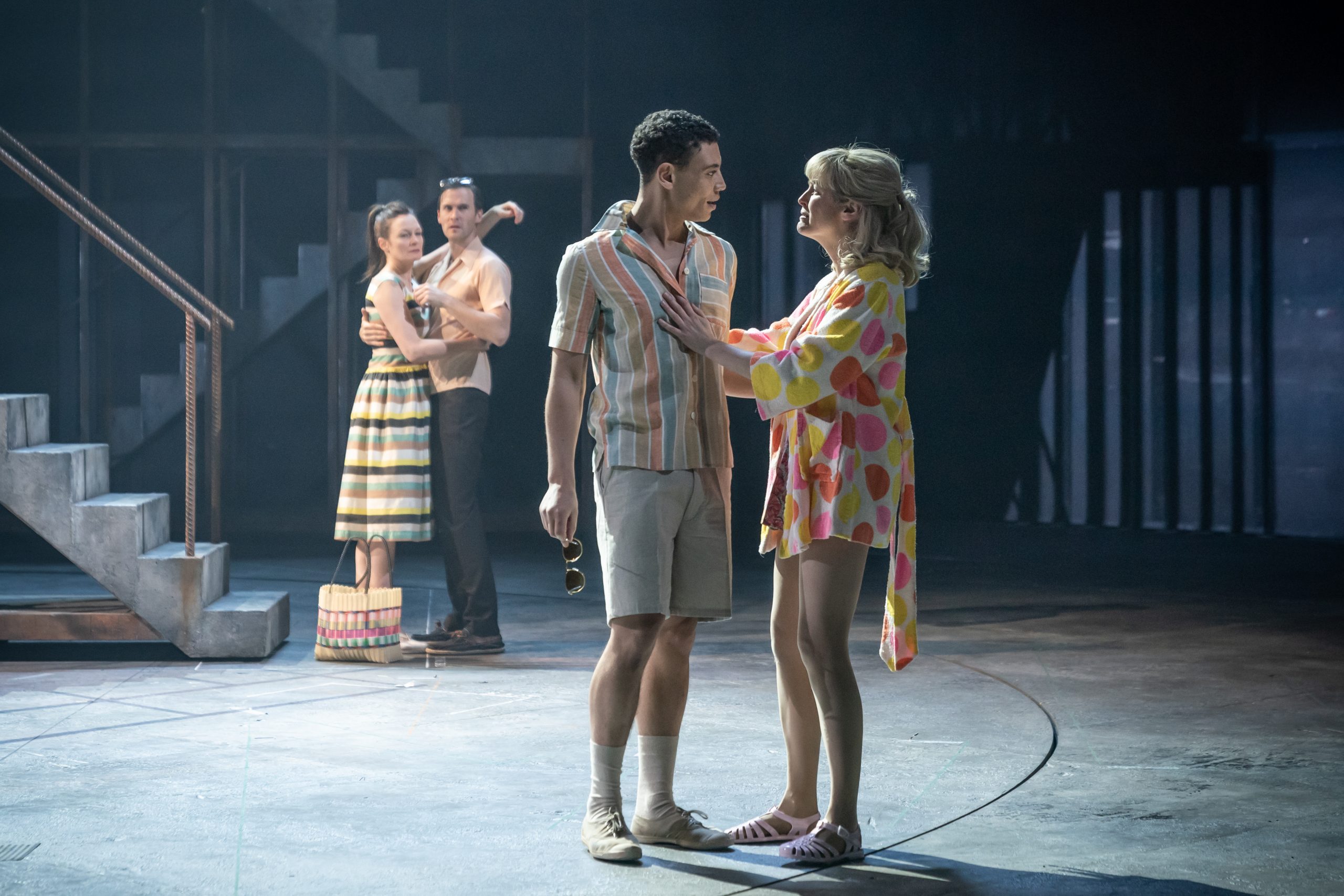
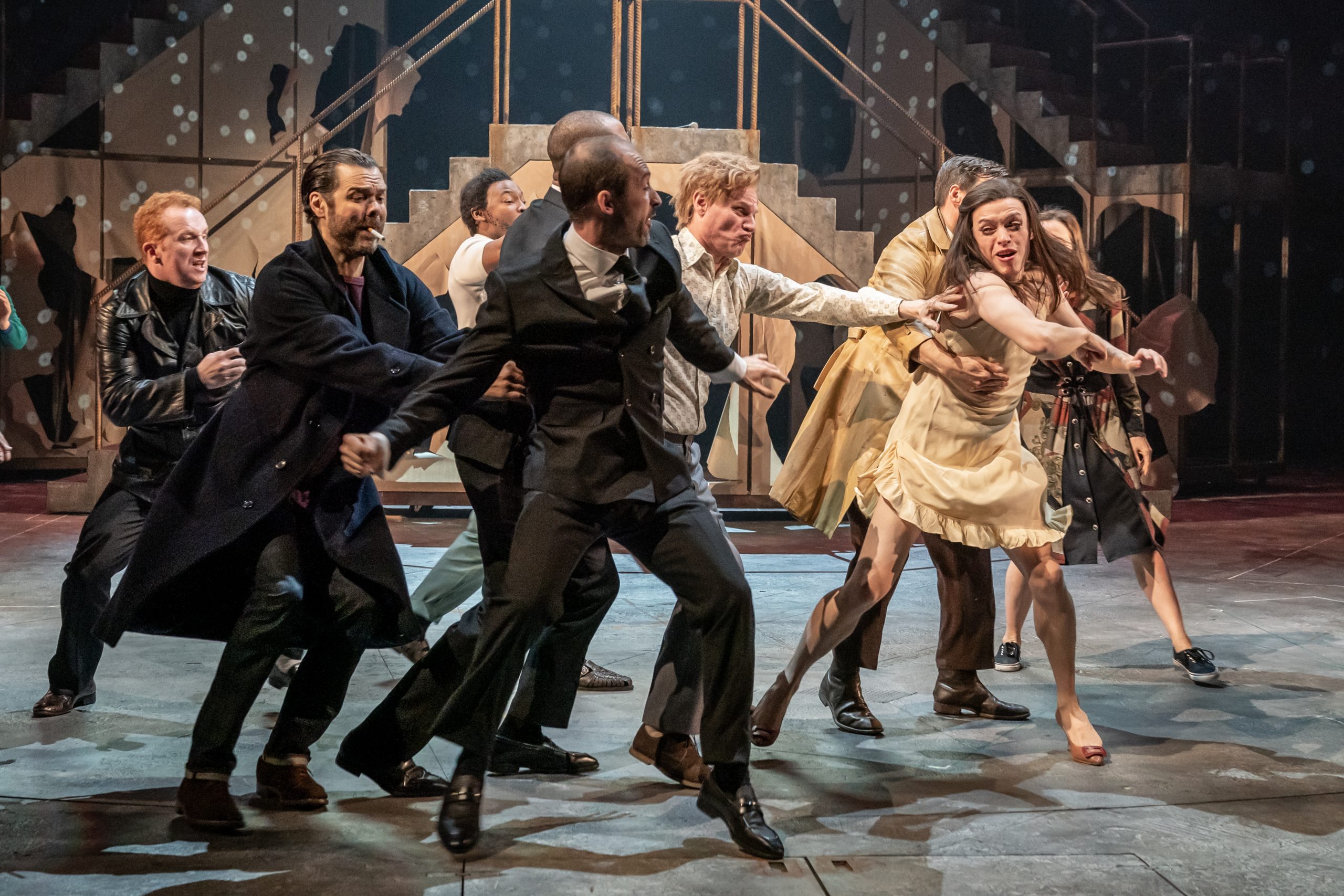
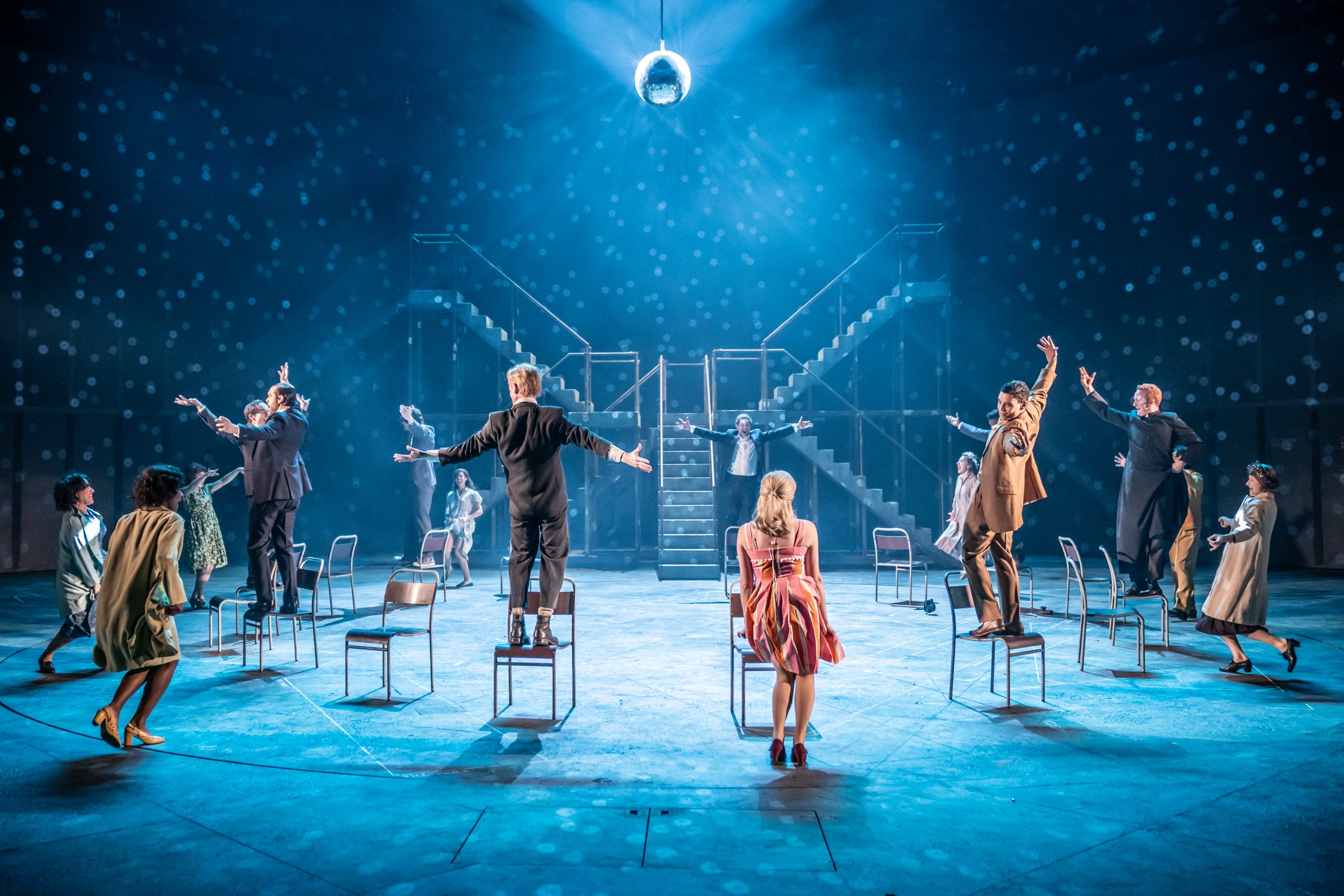
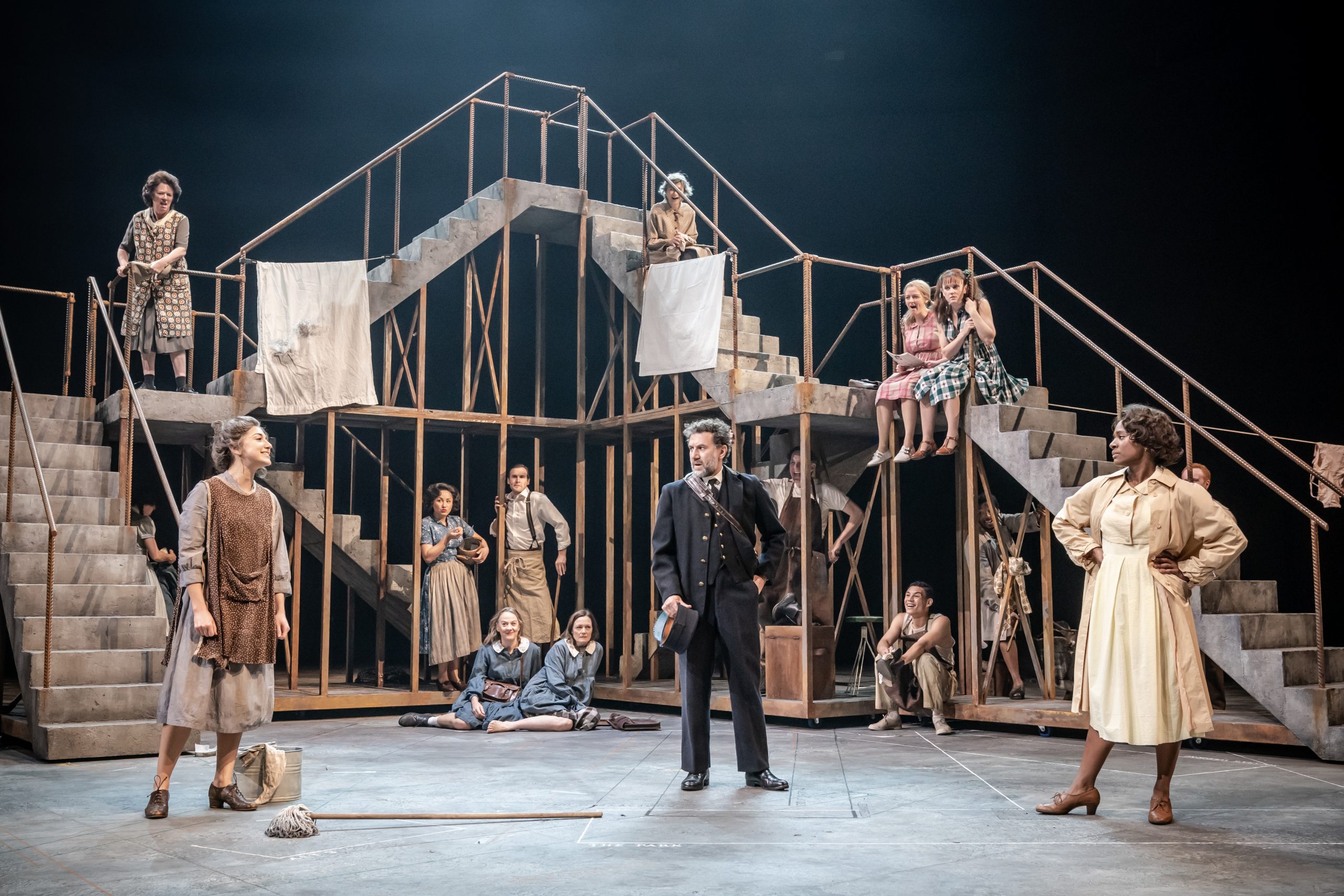


![Magic Mike Live! Daniel Ralph in MAGIC MIKE LIVE [credit Trevor Leighton]](https://www.afridiziak.com/wp-content/uploads/2019/09/Daniel-Ralph-in-MAGIC-MIKE-LIVE-credit-Trevor-Leighton-324x160.jpeg)